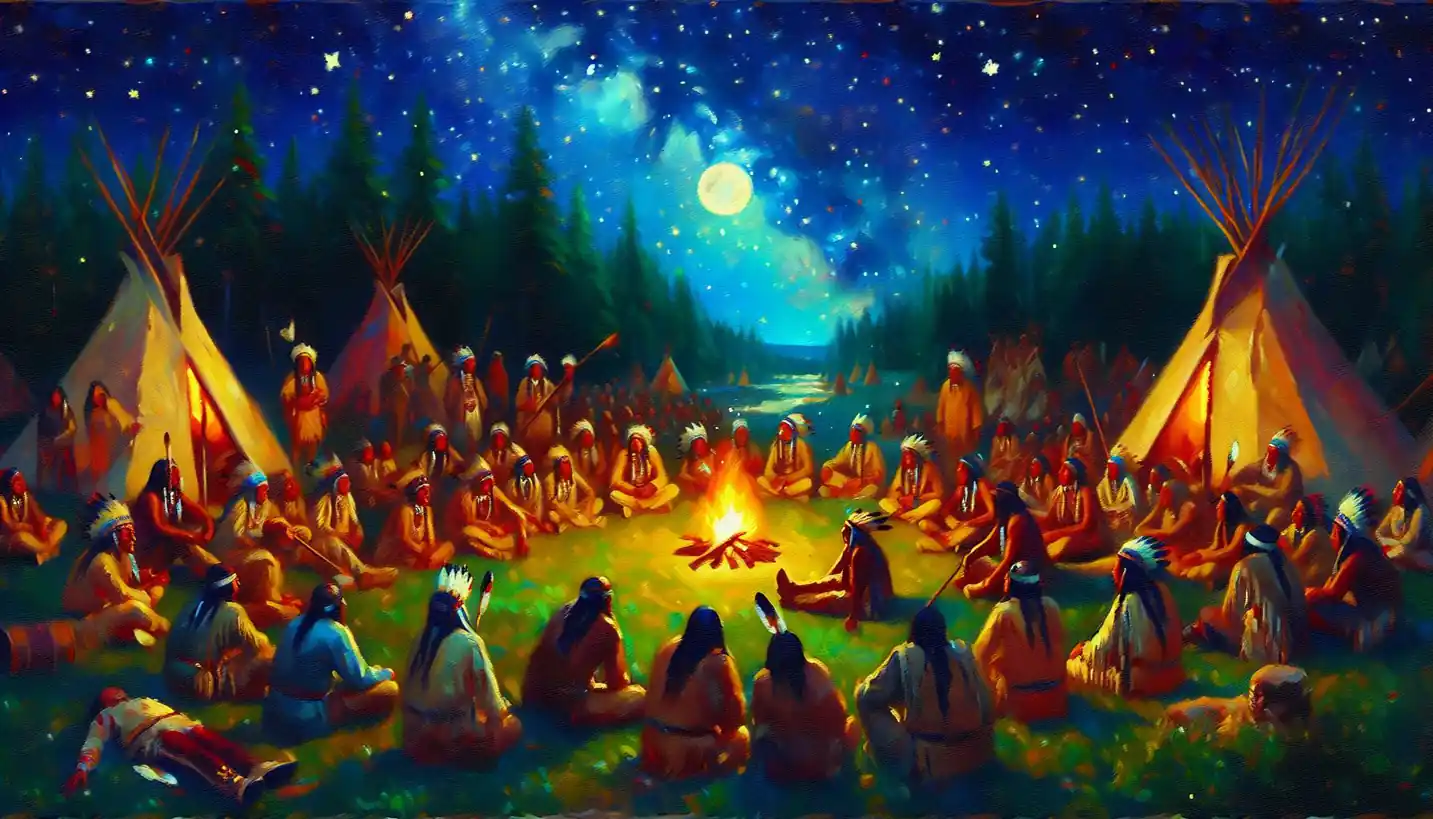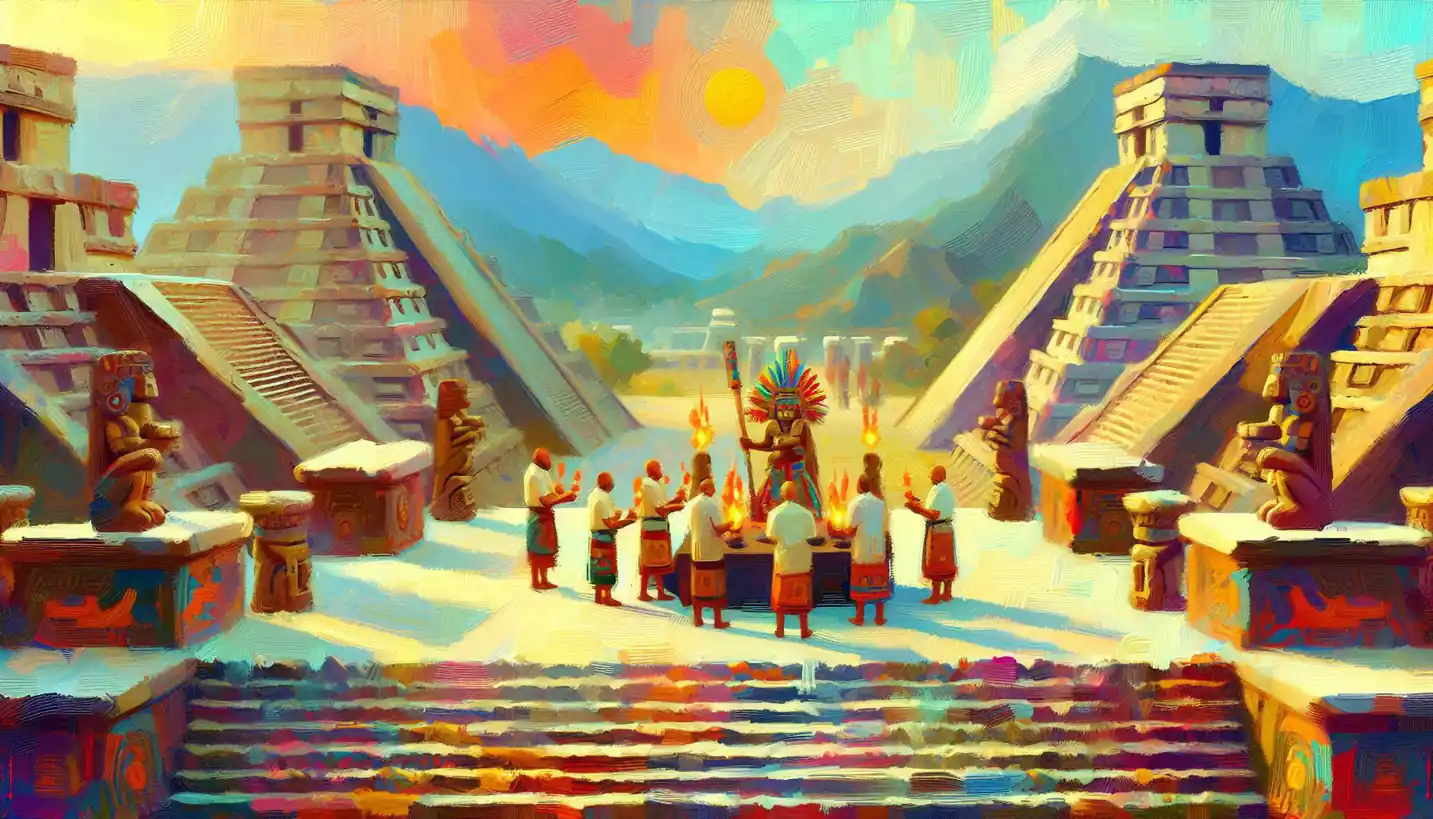· History · 4 min read
Indian Removal Act: A Dark Chapter in Indigenous History
The Indian Removal Act represents a dark chapter in Indigenous history. Delve into the policies and experiences that reshaped Indigenous lives and lands.

Back in the early 19th century, a significant and somber event unfolded in the United States, one that carries profound implications even today: the Indian Removal Act. This piece of legislation, enacted in 1830, set the stage for one of the most challenging epochs in Indigenous history.
Setting the Stage: America in the 1800s
In the early 1800s, America was a young nation, bursting with ambition and a thirst to expand its territory. The idea of “manifest destiny” had gripped the minds of many Americans. This belief held that the United States was destined to expand across the continent, bringing progress and civilization. However, there was a significant roadblock—Native American tribes who had inhabited these lands for generations.
The Growing Tensions
Relations between Indigenous tribes and settlers were fraught with tension. Imagine living peacefully on your ancestral land, only to find new neighbors arriving, claiming the land as theirs. As settlers pushed westward, they eyed the fertile lands inhabited by tribes like the Cherokee, Creek, Seminole, Chickasaw, and Choctaw.
President Andrew Jackson, a fervent advocate for westward expansion, saw the Indigenous presence as an obstacle. The Indian Removal Act became his solution.
The Passing of the Indian Removal Act
In 1830, President Jackson signed the Indian Removal Act into law. The act authorized the federal government to negotiate treaties and forcibly relocate Indigenous tribes to lands west of the Mississippi River. On paper, it might have seemed like a negotiation. In reality, it was coercion.
To understand its impact, think of being forced to leave your home, your culture, and your heritage behind. The law promised compensation for relocated tribes, but these promises were often unfulfilled.
The Trail of Tears: A Haunting Journey
One of the most infamous results of the Indian Removal Act was the Trail of Tears. This was not just one journey but a series of forced relocations affecting multiple tribes. More than 60,000 Native Americans were uprooted from their homes.
The journey was arduous and heartbreaking. Thousands perished from exposure, disease, and starvation. The name “Trail of Tears” encapsulates the pain, suffering, and loss endured by these communities.
A Legacy of Loss
The Indian Removal Act didn’t just cause immediate suffering. Its effects reverberated through generations. Tribal lands were lost, cultures were fragmented, and communities faced the challenge of rebuilding in unfamiliar territories.
Indigenous people had to navigate their relationships with the U.S. government, often facing broken promises and unjust treaties. This period marked a significant step in the ongoing struggle for Native American rights and recognition.
Reflecting on the Impact
Today, the Indian Removal Act serves as a solemn reminder of the injustices faced by Indigenous peoples. It’s crucial to acknowledge this dark chapter in history and recognize its lasting impact.
As we reflect on the past, it’s important to ask: How can we better support Indigenous communities today? What lessons can we learn from history to prevent such tragedies from happening again?
Learning from History
By studying the Indian Removal Act, we gain a deeper understanding of the resilience and strength of Indigenous communities. Despite the struggles, these communities have preserved their cultures and continue to thrive.
In contemporary discussions about land rights and reparations, the legacy of the Indian Removal Act plays a pivotal role. It serves as a testament to the enduring struggle for justice and equality.
The Importance of Acknowledgment
For many Americans, understanding the impact of the Indian Removal Act is essential to grappling with the country’s full historical narrative. Recognizing the struggles faced by Indigenous peoples isn’t just an academic exercise—it’s a moral obligation.
Today, many tribes are actively working to reclaim their lands and revitalize their cultures. The acknowledgment of past wrongs is a step toward reconciliation and healing.
Supporting Indigenous Communities
There are many ways to support modern Indigenous communities. Whether it’s through advocating for policy changes, supporting tribal-owned businesses, or educating others about Indigenous history, each effort contributes to a broader movement of support and recognition.
The Road Ahead
While the Indian Removal Act is a painful chapter in history, it also represents the resilience and perseverance of Indigenous peoples. The road toward justice and equality is ongoing, and greater awareness and education are crucial steps toward meaningful change.
In ensuring the stories and lessons of the Indian Removal Act are shared, we honor those who suffered and continue working toward a future where such injustices are never repeated.



